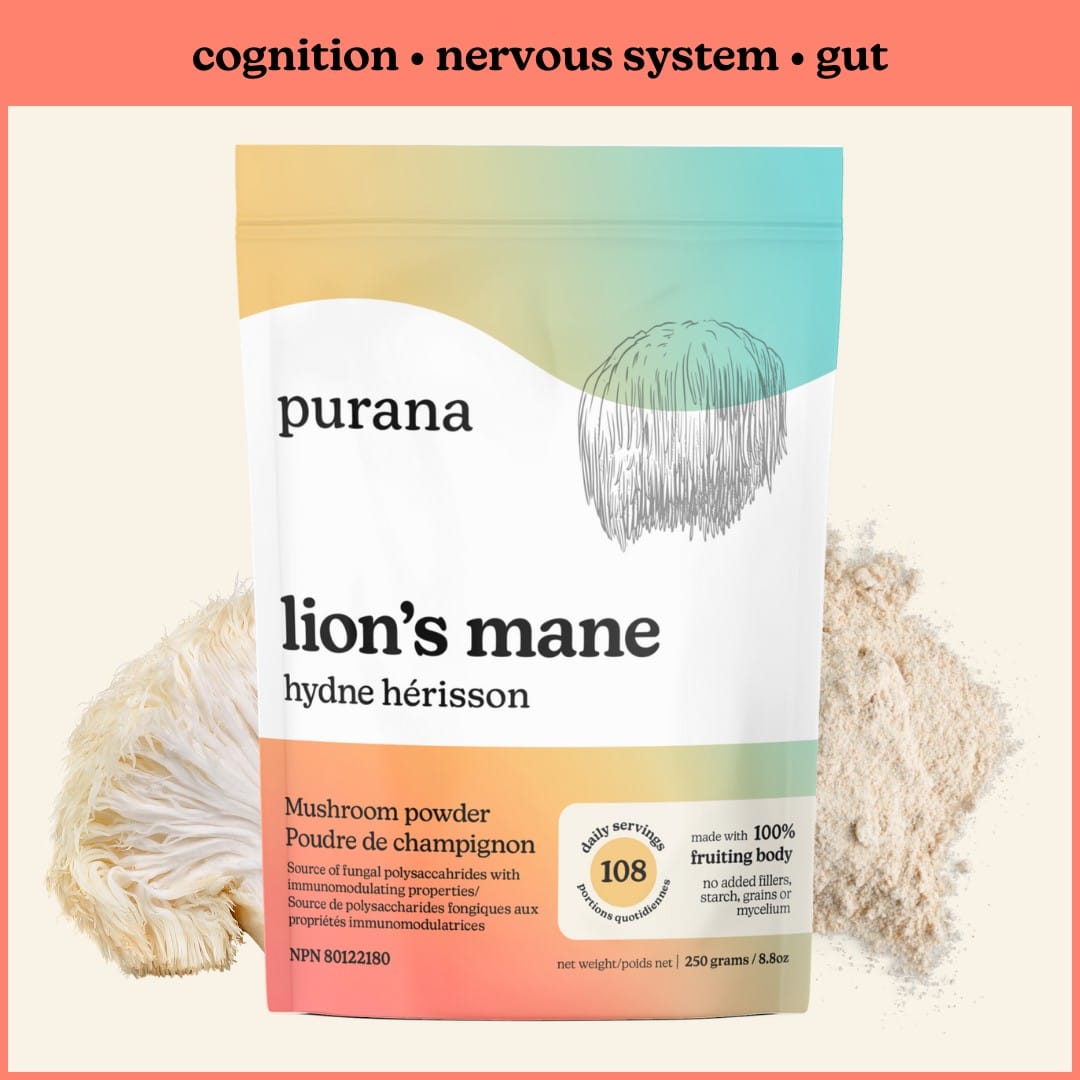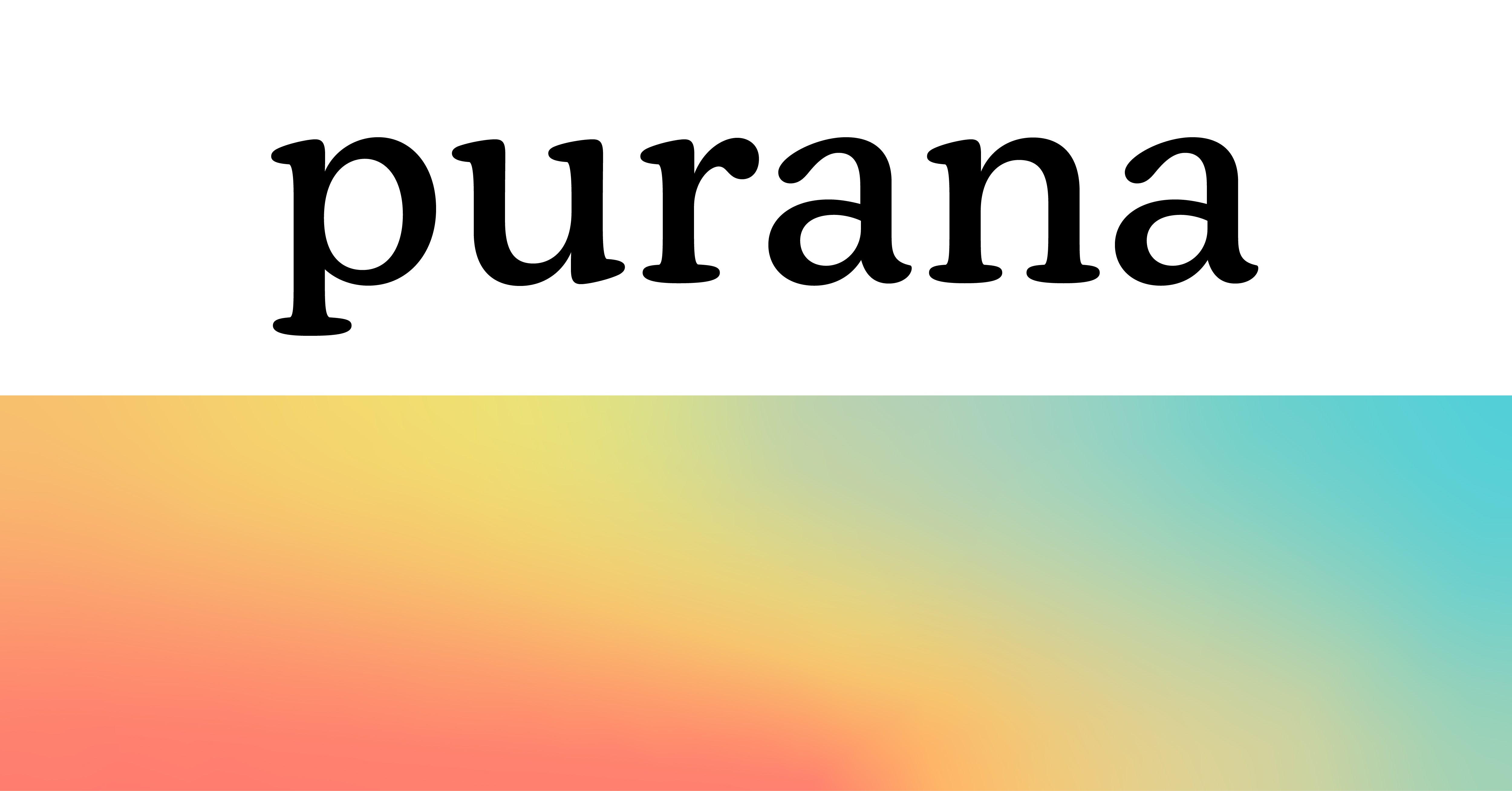
Reid Parr | WBN News – Vancouver | June 22, 2025 Subscription to WBN and being a Contributor is FREE
What’s in Lion’s Mane? The Compounds That Drive Its Healing Power...
Lion’s Mane has earned its reputation as a brain-boosting and nerve-regenerating mushroom, but its benefits reach further than cognition. What makes it so versatile is the unique spectrum of bioactive compounds—each one playing a distinct role in supporting gut health, immunity, and neurological repair.
Here’s what science confirms is present in Lion’s Mane:
Water-Soluble Compounds
1. Polysaccharides (Beta-Glucans, Alpha-Glucans):
These complex carbohydrates are some of Lion’s Mane’s most researched components.
- Immune Modulation: Beta-glucans activate macrophages, natural killer cells, and T-cells to strengthen immune function.
- Gut Health: They act as prebiotics, feeding beneficial gut bacteria and helping restore the gut lining.
- Inflammation Balance: Polysaccharides help regulate inflammatory responses, reducing chronic immune overactivation.
- Metabolic Support: They also support blood sugar regulation and insulin sensitivity.
2. Antioxidants (Including SOD-like Activity):
Lion’s Mane exhibits antioxidant activity, helping the body manage oxidative stress.
- Cellular Protection: Neutralizes free radicals that damage cells.
- Anti-Aging & Longevity: Reduces oxidative damage, promoting longer cellular lifespan.
- Neuroprotection: Antioxidants help protect neurons from degeneration, especially under stress or inflammation.
3. Fungal Immunomodulatory Peptides (FIPs):
Lion’s Mane contains small protein-like molecules such as Hericium erinaceus peptide (HEP).
- Immune Enhancement: These peptides modulate immune activity, increasing resilience against pathogens.
- Tissue Support: May aid in tissue recovery and cellular regeneration post-injury.
Fat-Soluble Compounds
1. Triterpenoids (Hericenones and Erinacines):
These are Lion’s Mane’s signature neuroactive compounds.
- Hericenones (found in the fruiting body) and Erinacines (in the mycelium) stimulate Nerve Growth Factor (NGF), which supports the growth and repair of neurons.
- Cognitive Support: NGF is critical for memory, focus, and learning.
- Neuroregeneration: May aid recovery from nervous system injury or degeneration.
2. Sterols (e.g., Ergosterol):
Like most mushrooms, Lion’s Mane contains sterols.
- Precursor to Vitamin D: Ergosterol can convert to vitamin D2 under UV exposure.
- Cholesterol Modulation: May help maintain healthy lipid balance.
3. Fatty Acids (e.g., Linoleic, Palmitic, Oleic Acids):
Lion’s Mane contains small amounts of both saturated and unsaturated fatty acids.
- Anti-Inflammatory Support: Helps modulate systemic inflammation.
- Brain and Nerve Health: These fatty acids are essential for myelin integrity and cellular membranes.
- Skin and Mucosal Barrier Function: Aid in maintaining healthy epithelial tissues, including in the gut.
4. Nucleosides (e.g., Adenosine):
While not as abundant as in Cordyceps, adenosine has been identified in Lion’s Mane.
- Energy Transfer: Supports ATP production, essential for cellular energy.
- Neurotransmission Regulation: Plays a role in calming overactive neurons and promoting sleep cycles.
Bottom Line:
Lion’s Mane supports multiple systems—gut, brain, immune, and nervous—through a synergy of specific water- and fat-soluble compounds. But not all extracts are created equal, and how these compounds are concentrated will determine the benefits you experience. That’s what we’ll unpack next.
Reid Parr | WBN News – Vancouver Subscription to WBN and being a Contributor is FREE
 Purana Health
Purana Health
Coupon Code: SYNERGY15
Hashtags: #ReidParr #WBNNewsVancouver #PuranaHealth #LionsMane #BrainHealth #FunctionalMushrooms #Nootropics #MedicinalMushrooms #CognitiveSupport #Neurogenesis #StressRelief #NervousSystemHealth #IntegrativeWellness #CalmClarity #MorningRitual #NaturalFocus #MentalClarity #BrainFogRelief




